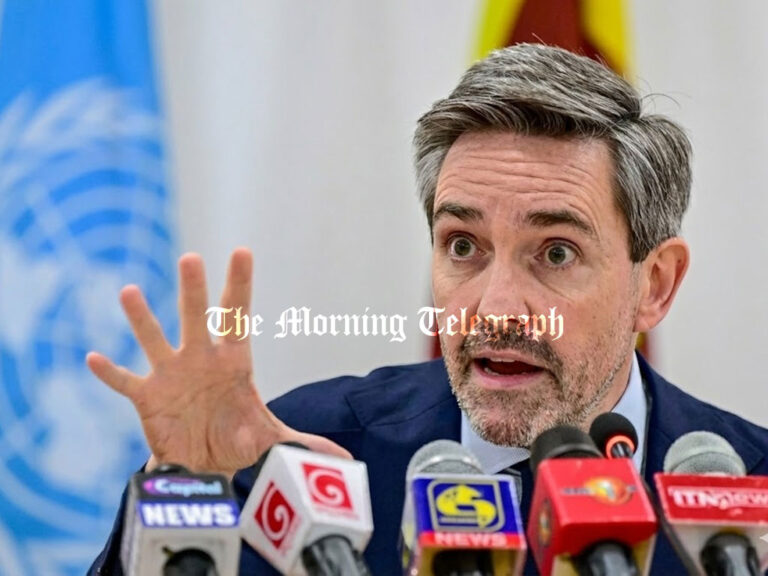
President Anura Dissanayake announced a significant revision to the country’s income tax structure during a parliamentary session today. The changes, which come after discussions with the International Monetary Fund (IMF), are aimed at reducing the financial burden on individuals, especially those in the middle-income bracket. The new structure introduces a more progressive tax regime while increasing the income thresholds for tax exemption and lower tax rates.
Under the revised system, the tax-free income threshold has been raised from one lakh rupees per month to one and a half lakh rupees. This change ensures that individuals earning up to one and a half lakh rupees monthly will no longer be subject to income tax, offering complete relief to a large portion of the workforce. The government has also expanded the first income tax bracket, previously applicable to incomes above five lakh rupees, to begin at one and a half lakh rupees. This bracket will continue to be taxed at a lower rate of six percent, providing significant benefits to those in the lower and middle-income groups.
President Dissanayake elaborated on the new structure, explaining the degree of tax exemption across different income levels. An individual earning one and a half lakh rupees monthly will be entirely exempt from taxes, while someone earning two lakh rupees will have 72 percent of their income exempt, resulting in only 28 percent being taxable. Similarly, an individual earning two and a half lakh rupees will see 62 percent of their income exempt from taxes, with 38 percent subject to taxation. For those earning three lakh rupees per month, 47 percent of their income will be tax-exempt, while the remaining 53 percent will be taxable. Individuals with monthly earnings of three and a half lakh rupees will have 25.5 percent of their income exempt from tax, leaving 74.5 percent subject to taxation.
The revisions are expected to bring immediate relief to taxpayers, particularly those in lower income brackets. By raising the threshold for tax exemption, the government has effectively increased the disposable income of millions, while the restructuring of tax brackets provides additional relief to higher earners within the revised ranges. The changes reflect the administration’s commitment to balancing the need for revenue collection with the economic realities faced by citizens.
These adjustments are part of a broader set of economic reforms initiated by the government in collaboration with the IMF. The revisions aim to stimulate the economy by increasing purchasing power while ensuring that the tax system remains equitable. President Dissanayake emphasized that these reforms are essential for long-term fiscal sustainability and are aligned with the government’s commitment to economic stability.
The announcement has been met with positive reactions from taxpayers and economic experts, who have praised the government’s efforts to address public concerns over the rising cost of living. However, some analysts have cautioned that the changes may impact government revenue, urging the administration to implement measures to offset any potential shortfalls.
The new income tax structure is expected to come into effect soon, pending necessary legislative approvals. As the government continues its reform agenda, further policy measures to support economic growth and fiscal stability are anticipated in the coming months.




